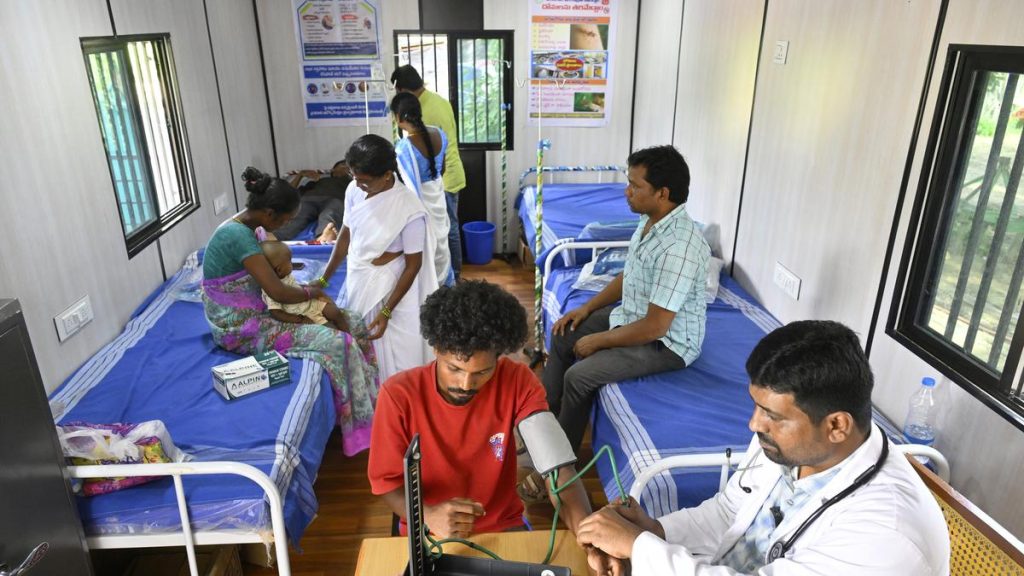Now Reading: KIA Records 21.9 Million Passengers in First Half of 2025
-
01
KIA Records 21.9 Million Passengers in First Half of 2025
KIA Records 21.9 Million Passengers in First Half of 2025

Rapid Summary:
- Kempegowda International Airport (KIA), teh third busiest airport in India, handled 21.9 million passengers during the first six months of 2025.
- Domestic passenger traffic stood at 18.6 million and international passenger traffic at 3.3 million, marking year-over-year growth of 7.9% and 30.9%,respectively.
- Fairfax India Holdings Corporation owns a majority equity interest (74%) in Bangalore International Airport Limited (BIAL), which operates KIA.
- Cargo volumes at KIA grew by 3.9% year-over-year,driven by increases in perishable exports and heightened demand for international air cargo influenced by geopolitical factors.
- The first phase of Terminal 2 commenced operations in 2023, raising annual passenger capacity at KIA by approximately 25 million.
- BIAL revised its infrastructure expansion plans for projects spanning fiscal years 2025 too 2028 to improve accessibility and optimize operations for anticipated growth.
- Planned upgrades include metro stations within the airport, enhancements to existing terminals, new airplane taxiways, connectors, tunnels, and walkways.
- Longer-term expansion includes constructing Phase Two of Terminal 2 by fiscal year (FY) 2029 and a third terminal building by FY2034.
Indian Opinion Analysis:
The consistent growth seen in both domestic and international passenger traffic reflects Kempegowda international Airport’s critical role as a hub within India’s aviation network amidst increasing demand for air travel domestically and globally. The steep rise in international traffic (+30.9%) underscores higher connectivity through new routes initiated recently along with operations from additional carriers.
Infrastructure progress remains pivotal to sustaining this trajectory; BIAL’s multi-phase expansion strategy addresses long-term challenges of capacity optimization while preparing for higher air traffic volumes projected post-FY2034-potentially fostering greater regional economic integration through improved logistics capacities such as enhanced cargo handling facilities.
While these efforts signal robust forward-planning on behalf stakeholders prioritizing scalability – diligent execution across regulatory compliance frameworks balanced cost-benefits sustainability key determinants delivering predicted operational efficiencies Read More:

























